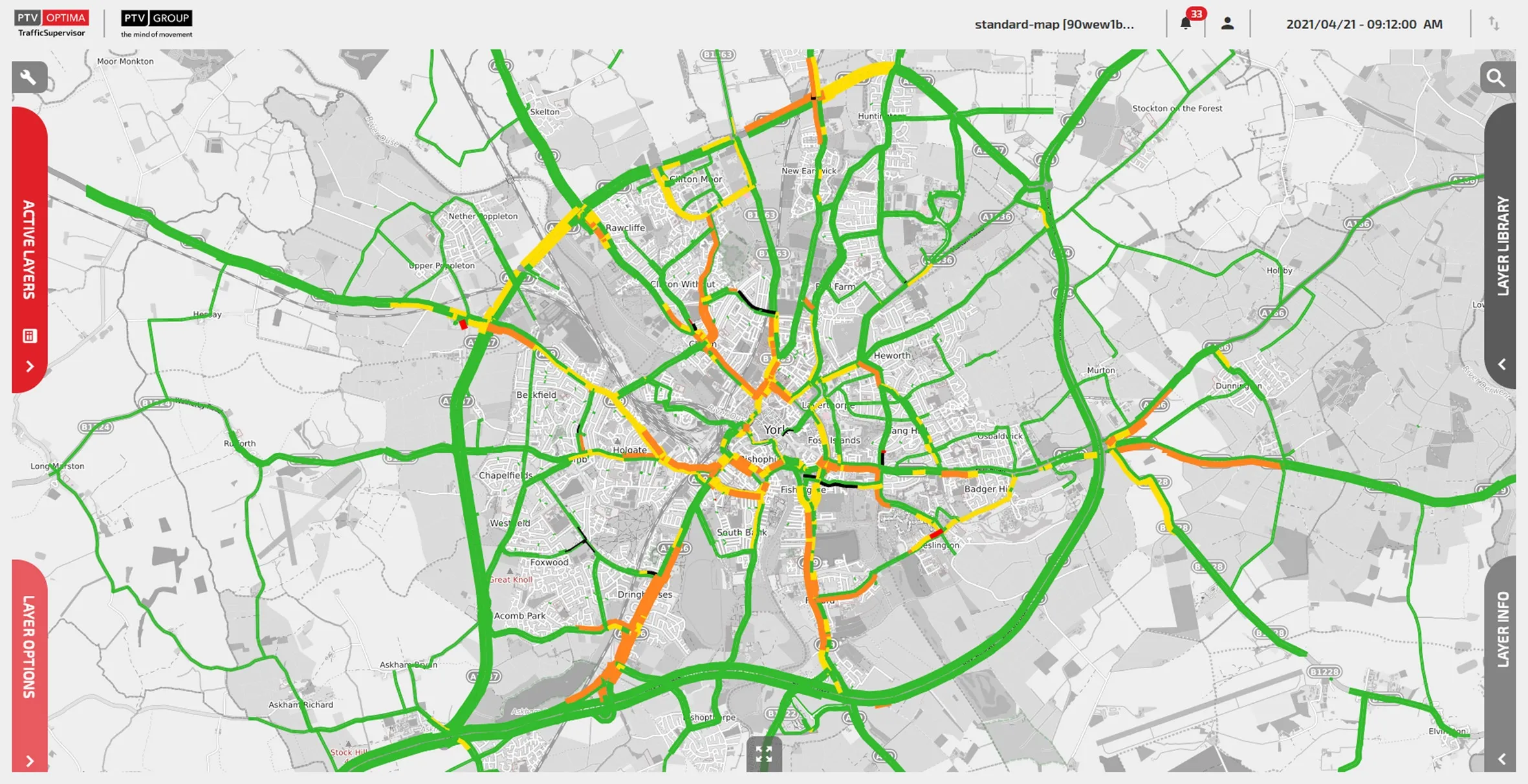
Video software specialist Network Optix has integrated its Nx Go traffic infrastructure solution into the 'IoT Control Room' of Curiosity Lab at Peachtree Corners - the first deployment of the technology as a full solution in the US.
The room features a wall of screens using Nx Go to bring together traffic camera feeds and data from Lidar and other sensors installed across smart roadway infrastructure - where autonomous and human-driven vehicles and pedestrians move together in the 5G testbed in Metro Atlanta, Georgia.
Curiosity Lab executive director Brandon Branham says: “Our IoT Control Room has been a model for how other smart cities across the world can aggregate massive amounts of data from sensors across connected infrastructure into the future."
Network Optix says Nx Go software takes a wide array of devices into a single, cohesive network.
Peachtree Corners has cellular Vehicle to Everything (C-V2X)-powered roadways featuring sensors and devices installed across light and traffic signal fixtures, crosswalks and buildings to communicate with connected and autonomous vehicles, and pedestrians.
“We are thrilled to be partnered with the country’s premier smart city and Curiosity Lab ecosystem, showcasing different technologies from all over the world across its traffic infrastructure," says Network Optix director of mobility platform business development Marc Faubert.
"This is the only location with the full range of Nx Go technologies available, allowing us to fully showcase the extent of sensors, Lidar and more the city has deployed across their smart city ecosystem.”
Nx Go offers "a single pane of glass to be proactive and monitor, evaluate and implement various strategies to improve the city".









